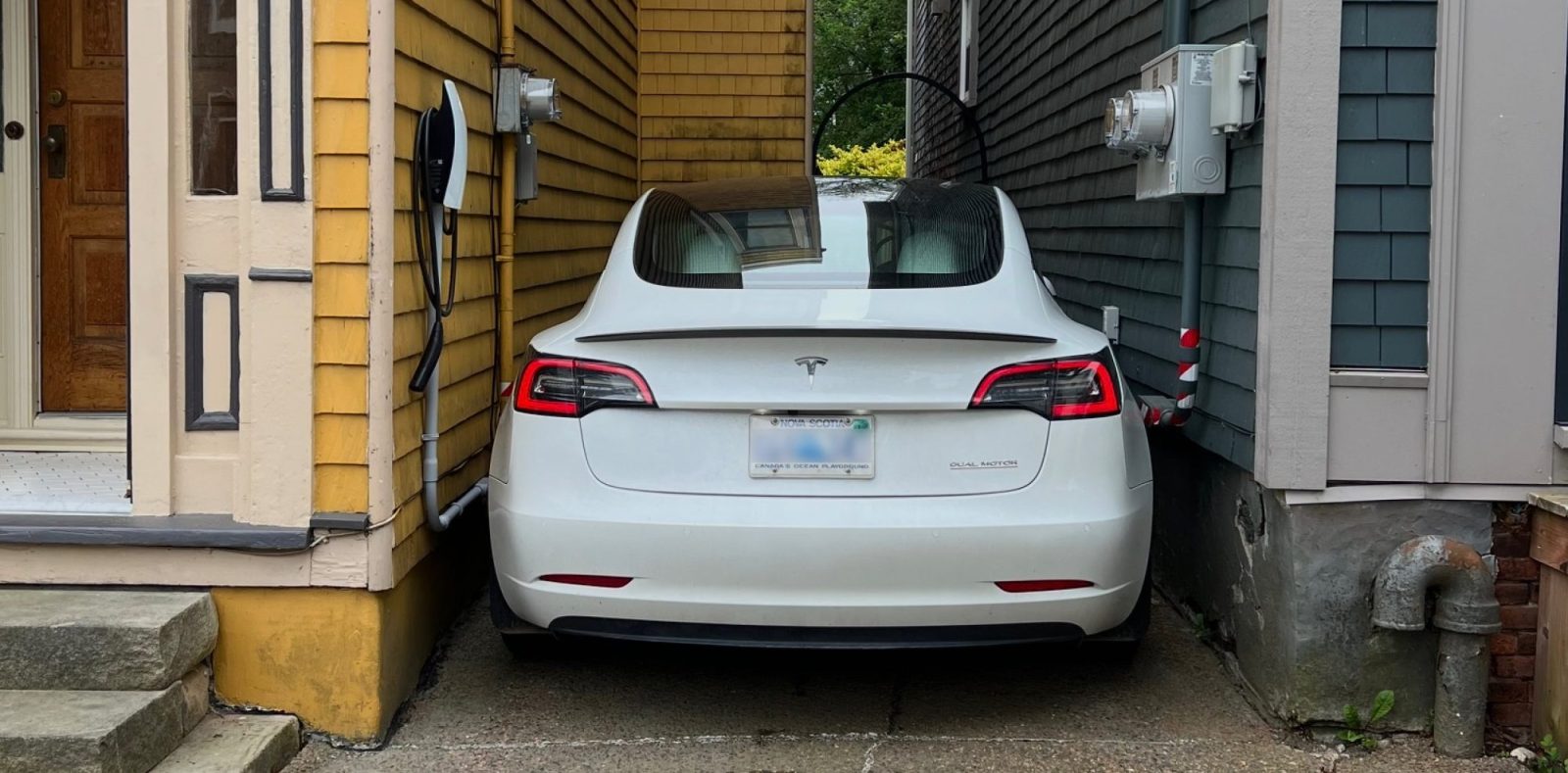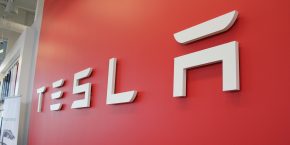
Tesla recently sent out an update to its vehicle “summon” feature – which it calls Actually Smart Summon – and as a result, one Tesla owner can no longer use his car.
For years and years, Tesla has touted a “summon” feature, allowing owners to move their cars remotely.
It started off with simple forward/backward movement, but then Tesla promised a “smart” summon which would be able to navigate through parking lots, and even be able to drive coast-to-coast all on its own to pick you up on the other side of the country.
Needless to say – and much like Tesla’s famed Full Self-Driving feature – some of these features haven’t been fully implemented yet. There was a smart summon feature active for some time on vehicles equipped with radar, but when Tesla shifted to vision-only for autonomy tasks, the feature disappeared for some time.
But in September, Tesla finally rolled out Actually Smart Summon, promising to finally bring remote-driving ability to cars, as long as they are on private property (parking lots, long driveways and the like).
The system has shown some impressive uses so far, but is still limited to certain use cases (for example, I can’t use it for the one thing I’d use it for – swapping the position of vehicles from my driveway to the parking spot in front of my house on a low-traffic incredibly wide street, both because it’s a public road and because the system can’t handle the gentle slope of my driveway).
So even though the system is often used as a party trick, there are still people who find legitimate uses for features like these and have come to rely on them – but in the case of one Tesla owner from Nova Scotia, that reliance has turned sour with the most recent update, which broke the system and has left his car stuck in its parking spot for the last two weeks.
Tesla changed summon, now one owner’s car is stuck
We were contacted by Jamie, a Tesla owner in Halifax, Nova Scotia, with a simple photo showing his interesting parking situation, which he’s been using for the last four and a half years successfully. In fact, he bought the car specifically for this feature as it’s the only way his parking spot would work, and he commonly gets comments from people wondering how he gets his car out of there.
Which was all fine, until a week or two ago. Upon receiving Tesla firmware version v12.5.4.1, something broke and his car will no longer move.
This version of the software did make changes to both Actually Smart Summon and the old “Dumb” summon. The latter is the system Jamie had been using all along.
Now, when he tries to use the function, it fails in any number of ways, as the car detects walls too close and aborts the move, even if he can visually confirm that the situation is safe. The car cycles through various error messages – “cannot find clear path to pin,” “autopilot temporarily degraded,” “stopped due to unexpected error,” and the like. He’s been able to get it to move some amount occasionally, but estimates it only works one out of every 20 tries or so, whereas it used to be 100% reliable.
Jamie said he tried to contact Tesla customer service three times, who were unable to provide help other than suggesting the default “two finger salute” software reset. They offered no ability to do a software rollback to a functioning version of the software (Tesla has done this only once before, fleet-wide, for an FSD issue with phantom braking).
He also contacted the local service center – which he managed to bring the car to by opening the trunk and crawling in through the whole car up to the driver’s seat, despite an ailing back which added more difficulty to this comical situation.
At the service center – where he said they were very helpful – they were able to confirm the existence of the problem by stacking boxes beside the car and showing that it wouldn’t move. But they couldn’t offer a rollback, and offered no timeline for a potential fix.
So, he drove the car home, parked it, plugged it in, and has mostly left it there. Now, he walks places instead of driving, though that that won’t remain an option as the Nova Scotian winter sets in. Street parking is also not really an option, as Halifax routinely bans overnight street parking when snow is expected, to allow for snow clearance.
He could charge elsewhere in town, but on level 2 that would require walking to and from a charger, potentially at odd hours, or driving a half hour outside town to the nearest supercharger. The best situation, of course, would be to use his parking spot and charger as he has for the last four and a half years, until this “fix” was applied.
Jamie figures that, while he’s certainly in a niche situation, there must be other owners who are seeing similar issues right now among the millions of Tesla owners out there. While he’d like a fix for his own problem, he’s also concerned for other owners who could be seeing the same issue. (edit: sure enough, just after posting this article, we received multiple emails owners in similar situations)
This isn’t the first time Tesla has suddenly rolled out changes that affected parking. In 2022, Tesla abruptly removed ultrasonic parking sensors from cars, claiming that it would move to a vision-only park assist system. This took about six months to roll out, and is still being improved over time, but surprised some buyers who bought cars expecting this common feature and didn’t receive it.
Electrek’s Take
We at Electrek occasionally get reports from individual customers who have individual problems, but we don’t always do articles for every one of them, especially if there’s some other solution available. We usually like to wait for a pattern to develop.
Top comment by Dmitriy N
Since vehicle only uses visual cameras, not radar, just paint walls so they look like wide open spaces. What works for roadrunner will work for Tesla.
But this was such an interesting problem, and brings up an important point: it highlights one of the issues with rolling out new software updates, especially when it comes to autonomous driving, or really any other device that people rely on: it’s all well and good to have a feature that works most of the time, but if people rely on a feature, you need to ensure that it works every time.
And this is a relatively minor automation feature in the scheme of things. But it demonstrates the difficulty of automated driving tasks, where in order to receive acceptance, systems don’t need to just work most of the time, but all of the time. A true, driverless, level 5 system needs to be perfectly reliable, even in “niche” situations – and we can’t have software updates coming along and breaking functionality when there’s more at stake than just one person’s parking spot.
And a final note, we can sometimes solve problems simply by emailing an automaker’s communications department to ask them what’s going on. I’ve used this method before, and companies have been able to address an issue for the customer, solving the problem before it turns into bad press for them. Unfortunately, though, this is not possible with Tesla.
Charge your electric vehicle at home using rooftop solar panels. Find a reliable and competitively priced solar installer near you on EnergySage, for free. They have pre-vetted installers competing for your business, ensuring high-quality solutions and 20-30% savings. It’s free, with no sales calls until you choose an installer. Compare personalized solar quotes online and receive guidance from unbiased Energy Advisers. Get started here. – ad*
FTC: We use income earning auto affiliate links. More.




Comments